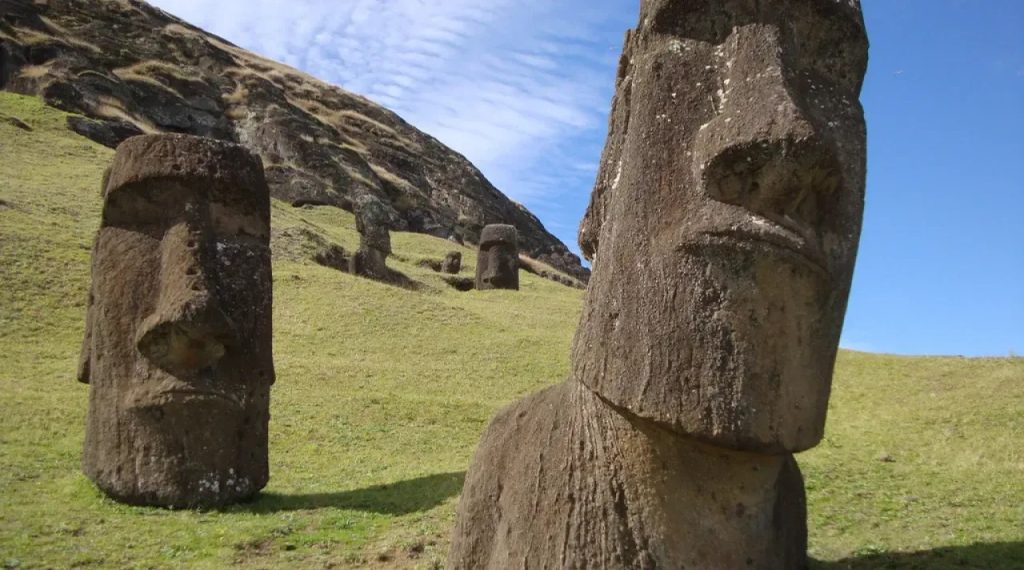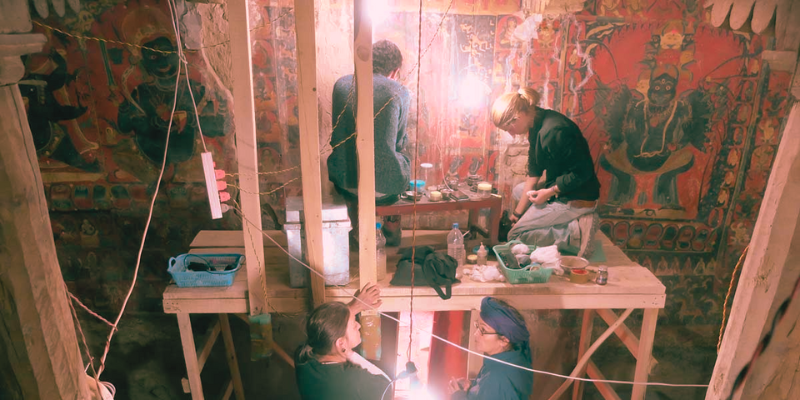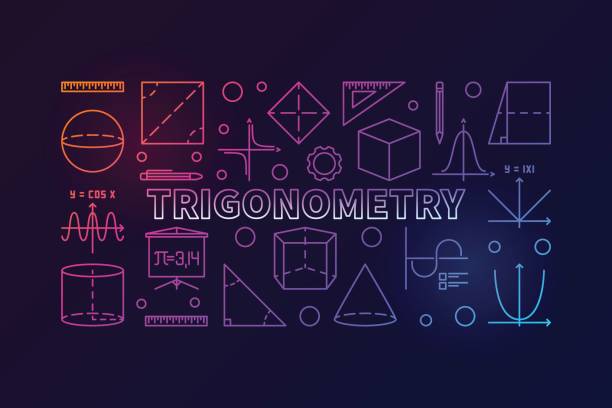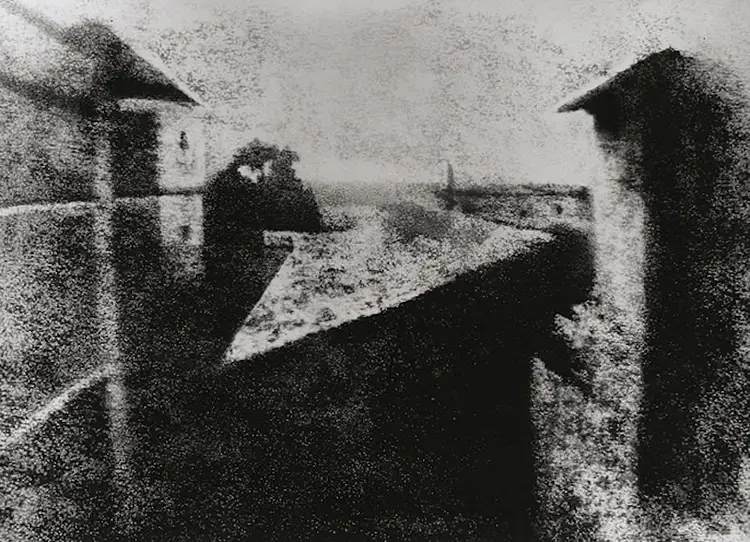Stone Giants of Mystery: Exploring the Intriguing World of Easter Island’s Moai Statues
The Moai statues are iconic and massive stone sculptures on Easter Island, a remote island in the southeastern Pacific Ocean. The Moai is one of the world’s most remarkable and well-known monolithic monuments. The indigenous Rapa Nui people created these figures, which are recognised as one of the most significant archaeological mysteries in the world. […]
Stone Giants of Mystery: Exploring the Intriguing World of Easter Island’s Moai Statues Read More »










